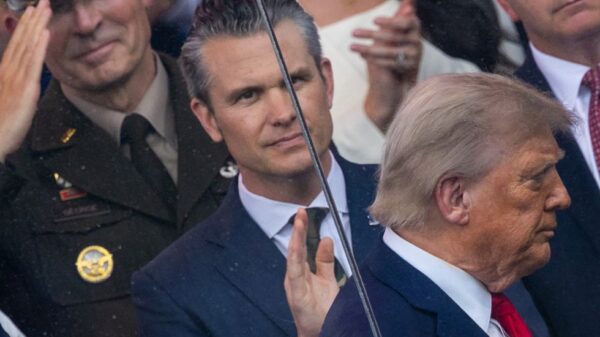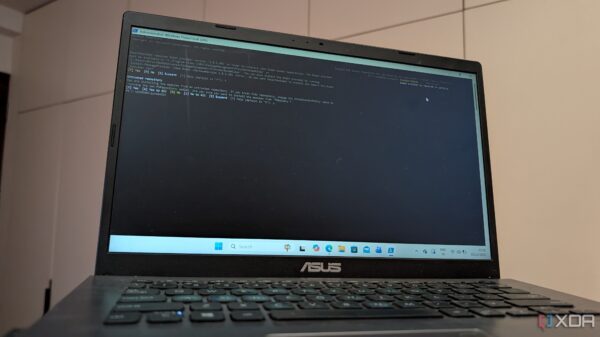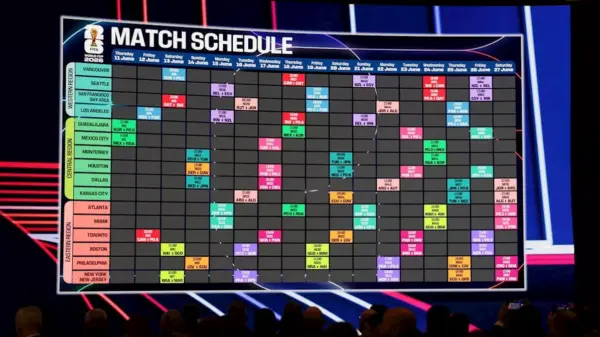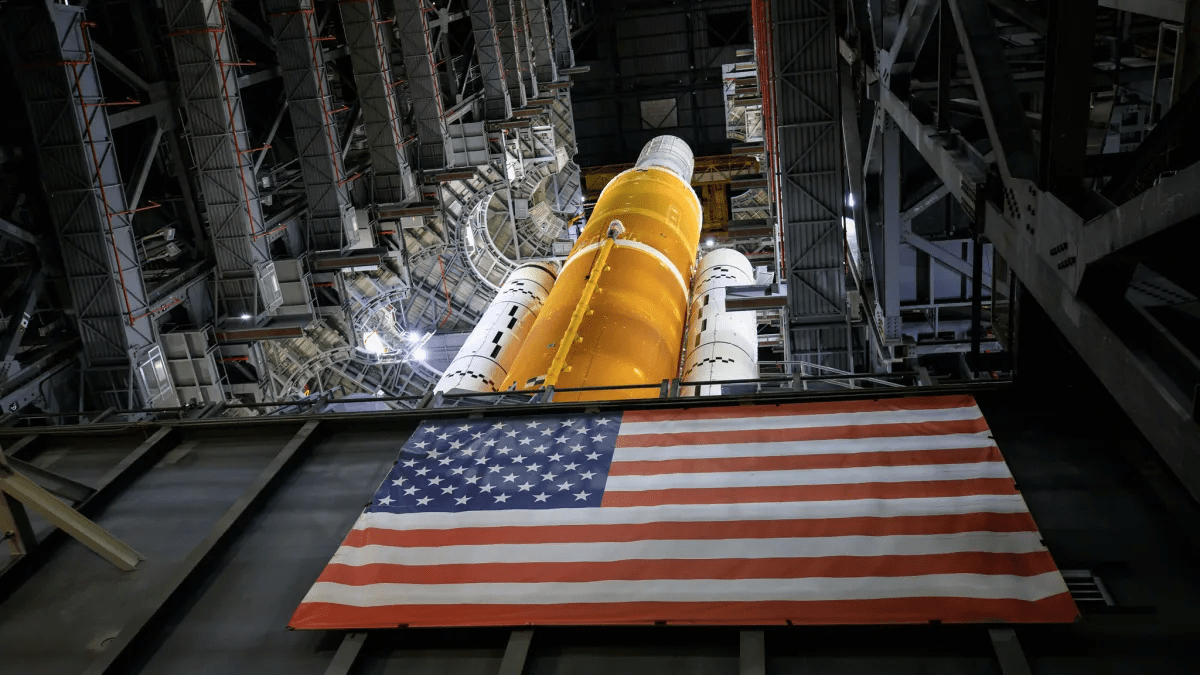When the White House’s Office of Management and Budget (OMB) released its top-level budget proposal for fiscal year 2026 on May 2, NASA and the broader space industry braced for impact. Early leaks of an OMB “passback” document revealed a proposed nearly 50% cut to NASA’s science budget, signaling potential cancellations of numerous missions in development. This was not an isolated incident but rather a precursor to more extensive cuts across the agency.
The so-called “skinny” budget proposal, which lacks the full details of the yet-to-be-released comprehensive budget, suggested an overall $6 billion reduction for NASA—nearly 25% less than its 2025 budget. While exploration initiatives saw some funding increases, significant cuts were proposed in science, space technology, and space operations.
Impact of Proposed Budget Cuts
Alex MacDonald, a former NASA chief economist and now a senior associate at the Center for Strategic and International Studies (CSIS), described the proposed 25% budget cut as “the most significant NASA has seen ever.” When adjusted for inflation, this budget is akin to what was requested in 1961 or 1962. If Congress accepts these cuts, NASA may face not only mission cancellations but also a potential restructuring of the agency itself, risking thousands of jobs and jeopardizing international partnerships.
Despite the grim outlook, some argue that these changes, though painful, could be necessary for NASA’s evolution. The agency’s muted response to the skinny budget has raised questions about its future direction. During a May 15 hearing of the House Science Committee’s space subcommittee, Nicky Fox, NASA’s associate administrator for science, admitted to having limited information on which missions might be affected.
“We have not seen any details on the missions or any direction on the missions other than the Mars Sample Return program and Landsat Next,” Fox stated, highlighting the uncertainty surrounding other projects.
Technological and Operational Adjustments
The proposed budget also suggests a 50% cut in NASA’s space technology account, with scant details on how these cuts would be distributed. Clayton Turner, NASA associate administrator for space technology, emphasized the need to reprioritize investments in technology. Speaking at the Lunar Surface Innovation Consortium, he noted the importance of focusing on technologies that support human missions to Mars.
“We will set priorities, we will set direction to get to that long-term goal,” Turner said, acknowledging the challenges ahead.
The skinny budget also proposed a $500 million cut to the International Space Station (ISS) budget, suggesting reductions in crew size and research activities. Dana Weigel, NASA ISS program manager, acknowledged ongoing studies to reduce the U.S. segment crew from four astronauts to three, though no final decisions have been made.
Human Spaceflight and International Partnerships
While the skinny budget was less radical than some anticipated, it still poses significant implications for human spaceflight. The budget maintains the Space Launch System (SLS) and Orion spacecraft through Artemis 3, countering earlier speculation of their immediate cancellation. However, the long-term outlook suggests NASA may become reliant on commercial providers for human spaceflight, a trend initiated with ISS cargo and crew transportation.
“Under this budget proposal, NASA would not have any operational vehicles in space within about five years for humans,” MacDonald noted, highlighting the potential shift in NASA’s operational model.
The proposal to cancel the Gateway project, a critical element of international cooperation, raises questions about the roles of international partners in NASA’s human spaceflight efforts. Most Gateway components are being developed by Canada, Europe, Japan, and the United Arab Emirates.
“If Gateway is canceled, one immediate question is how are the international partners going to be part of Artemis?” MacDonald asked, suggesting potential renegotiations or repurposing of components.
Job Reductions and Organizational Restructuring
The budget also targets cuts in “mission support,” which funds essential services across NASA’s programs. Mike French, founder of the Space Policy Group, warned that a $1 billion cut in this area could necessitate a new organizational model for NASA, likely resulting in significant job losses.
“A $6 billion cut would be the equivalent of 30,000 jobs among NASA civil servants and contractors,” MacDonald stated, underscoring the potential impact on the workforce.
Industry experts express concern over the potential exodus of talent, drawing parallels to workforce reductions following the Apollo program and the Space Shuttle’s end.
Crisis as an Opportunity for Reform
Despite the challenges, some see the proposed budget as an opportunity for NASA to reform and become more competitive on the global stage. Dan Dumbacher, former executive director of the American Institute of Aeronautics and Astronautics, emphasized the need for reform to leverage commercial capabilities and increase operational efficiency.
“The old phrase is, ‘Never waste a good crisis,’ and I think there is no way to look at this budget and not see that it will create a type of crisis at NASA,” MacDonald concluded, suggesting that significant reforms could lead to a more dynamic and innovative NASA.
As NASA navigates these proposed changes, the agency’s leadership faces critical decisions that could redefine its future trajectory. Whether these changes will strengthen NASA’s capabilities or undermine its mission remains to be seen, but the potential for transformation is undeniable.






































































